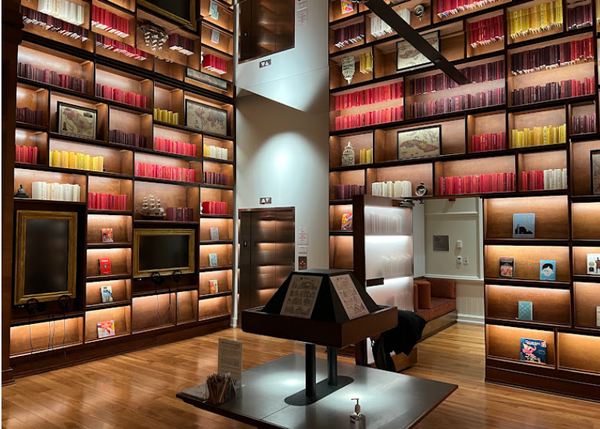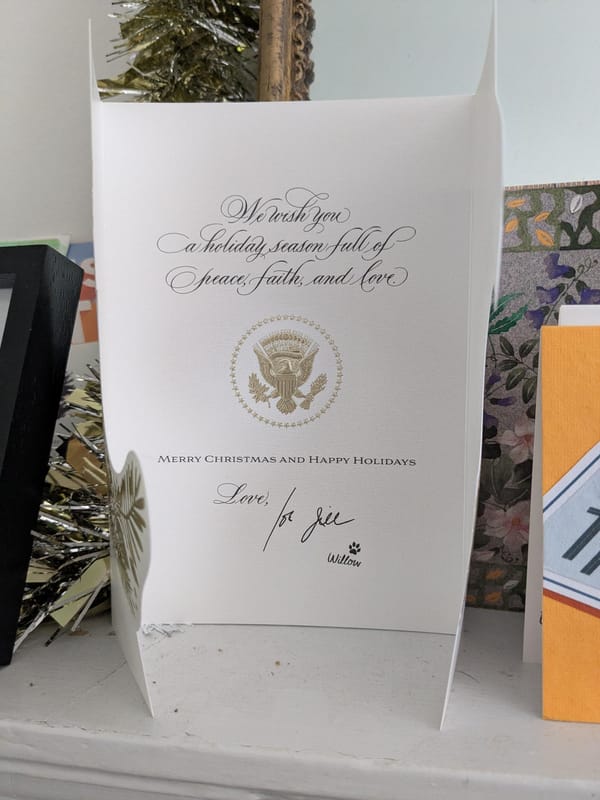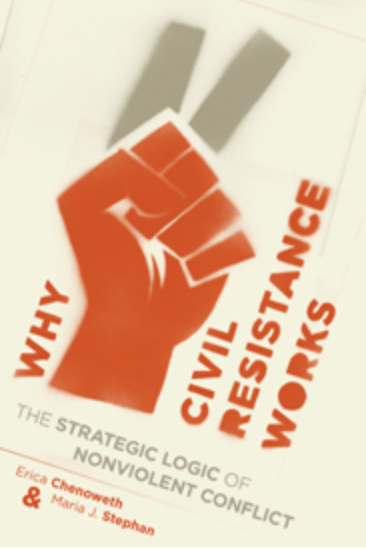The Plan #7: The Best

A year later Rayid invited me to Chicago, to be a member of the next generation of wizards — the people, still students then, who he hoped would pick up the work he started. Not just in elections, but in using data science for all social good, and not just for “selling sneakers,” as he would call it. He not only showed me a path I could take, but set me on it, and I will never stop being grateful to him for that. While I still remember the first idea he gave me with photographic clarity, over the many years we’ve now known each other, I can only say that he has given me many ideas.
However there’s just one idea in particular that we need right now. This is the engine of our rocket. Though it might seem like an idea that’s too obvious to be special, Rayid was the first person to show me clearly that to find the “best” of something, you have to have a crystal clear definition of what you mean. In particular — and this is where things start to get much more difficult — the definition has to be so clear that you can measure it.
For example: We can’t just say we’re looking for the “best” car without being more specific. In this case, let’s say that our goal is finding the car with the highest possible speed. Lucky for us, we can measure speed with miles per hour, and so the rest is easy. We find out how fast all of the cars go, we look for the one with the highest miles per hour, and that’s our choice. That’s our “best” car, the one that gets the highest number for our chosen goal.
You have to have a number because comparing cars is hard, but comparing numbers is easy. Seventy miles an hour is more than sixty miles an hour, and so you know the 70mph car is better, according to your definition. You don’t have to spend months thinking about colors or engines or fuzzy dice because you already captured everything you care about in a number — and then you found the highest number. You’re done.
Of course, in the real world, things are usually more complicated. You have to take the fuzzy dice and the airbags and the crash safety rating, and you have to combine them all into a single number, somehow, so you can compare that single number with the single number of another car.
You might think it’s impossible to boil so much information down into a single number, but even if you believe that, this balancing and weighing and comparing is already happening somewhere in your mind. When you are choosing between one thing, and another thing, your mind is taking in an ocean of information, but its goal is to make a single choice. This thing — or that thing? Is there more good in this idea, or that one? Is the number bigger — or smaller? To make a choice, everything — no matter how complicated — has to be boiled down, eventually, to one, single, number. Rather than leave it hidden deep in our brains, what we’re trying to do now is simply to write that number down.
As I’m sure you can see, lots of things can go wrong. But that’s the same as it is with rockets, too, and we’ve gotten them to the moon and beyond. This is no different. Difficulty doesn’t mean we can’t find the most important problem using this approach — it only means we have to do it carefully. But if you are careful with your definition, and honest with your measurement, then according to all of the information you have, the situation with a higher number is better than the situation with the lower number. Two hundred seventy electoral votes is better than two hundred sixty nine. And you’re done.
But of course this was all just a warm-up to the question we’re really trying to answer. “Fast” and “loud” are easy to measure. If we want to find the most important problem in the world though, what number do we use to measure how “important” a problem is?
The Goal
Right now, we won’t even worry about how we get this number. We won’t worry about the mathematical formula, or scales of justice, or magical measuring tape we use to do the measuring. Right now, we just have to figure out the very first step: What kind of numbers are on the measuring tape? Is it inches? No, we can’t measure all problems in inches. Is it miles per hour? No, that won’t work this time. So — what?
The question of what we want to measure might seem hard, because there are so many things that we could measure. The number of years we live, or the strength of the rights we have, or the number of resources around us — these seem hard to compare, but they’re all clearly important. It might seem at first like we would have to sort through all of these ideas, to find the best one.
But in fact, the question of how to measure the most important problem in the world is surprisingly simple, because we know the answer has to capture everything about our lives. Health is just a part of our lives. Rights are just a part. Resources are just a part. And how could we be sure that something was the most important problem, in the whole world, if we left something out when we measured? No. We want to — we have to — include everything. And there is only one thing we can measure that has everything inside of it.
We must measure how satisfied we are, with the totality of our lives. We must ask if these are the lives we want. We must ask how far away we are, from the lives we want most.
This isn’t about measuring something as brief and unpredictable as happiness, or a moment’s comfort, or the particular sadness of a bleak Thursday morning. What we are measuring is the thing that you will say when Death stops you in the street and says Excuse me, I’m very sorry but it’s all over now. Tell me though, how was your life? Were you satisfied with it?
This is the one, single, final number that we will use to make our comparisons, the thing we have chosen to define our approach, like the speed of cars, or the loudness of sounds, or the number of electoral votes for a president. On our measuring tape, we will have the satisfaction of a life. Then we will look at every problem we can find, and we will measure how much our lives would improve, for every problem we could solve. And when we find the problem with the biggest number — that will be the most important one.
And we’re done.



